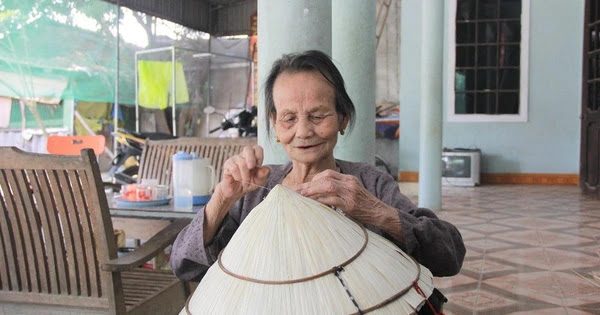Hat Artisans: The Keepers of the Craft

Introduce: To this day, the people of Chuong village believe that the true credit for creating the iconic conical hat goes to Mr. Nhan, an elder from the village. Eighty-three years ago (1941-2024), Mr. Hai Cat, also from Chuong village, crafted a large and beautiful mold for the hat, which he brought to a fair held at the exhibition center (now known as the Friendship Labor Cultural Palace in Hanoi) and won the top prize! In discussions about hat-making, the people of Chuong have long had a saying: "First is to serve in the court, Second is to weave the hat." This saying underscores the significance of the conical hat in Vietnamese culture. It is not merely a functional item; it symbolizes tradition and identity, cherished by everyone from the royal court and military leaders to ordinary citizens. However, the conical hat—an iconic representation of Vietnamese culture—faces challenges due to the trends of international integration. Various fashionable hats are graduall...


.jpg)


